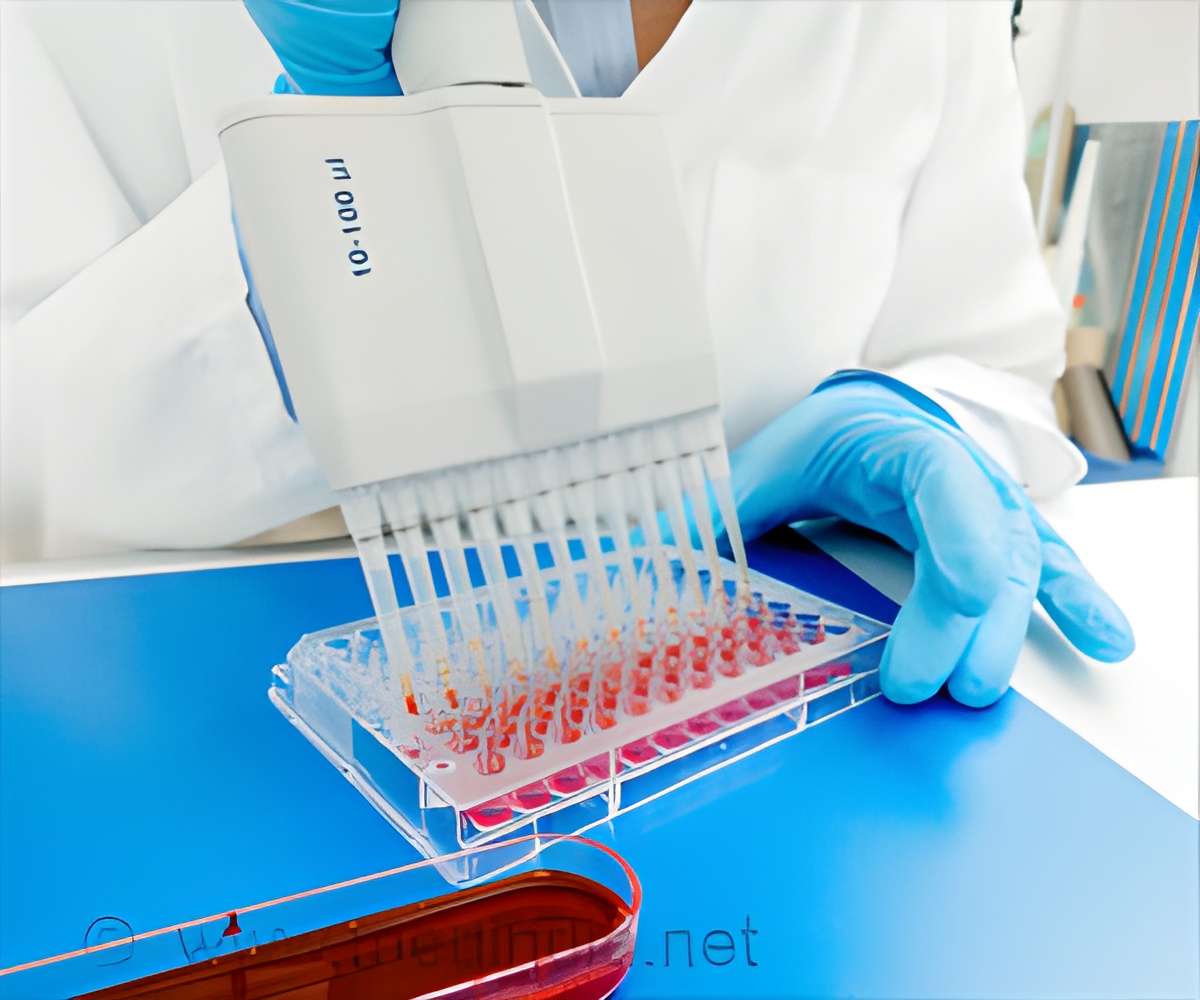
‘Superior effectiveness of whole genome sequencing (WGS) in diagnosing genetic disorders in newborns and infants, compared to targeted gene sequencing tests has been highlighted by a new study.
# Genome Sequencing, #Targeted Gene-Sequencing Test, #Genetic Disorders
’
Tweet it Now
Advertisement
The Precision Puzzle
The study, “A Comparative Analysis of Rapid Whole Genomic Sequencing and a Targeted Neonatal Gene Panel in Infants with a Suspected Genetic Disorder: The Genomic Medicine for Ill Neonates and Infants (GEMINI) Study,” was first published online in The Journal of the American Medical Association (JAMA) (1✔ ✔Trusted SourceRapid Whole-Genomic Sequencing and a Targeted Neonatal Gene Panel in Infants With a Suspected Genetic Disorder
Go to source).
Funded by the National Institutes of Health, the first-of-its-kind GEMINI Study enrolled 400 newborns and infants under the age of one year, with a wide variety of suspected, undiagnosed genetic disorders, at six centers across the United States.
Each newborn/infant received both WGS, which can identify variants in all 20,000 genes in the human body, and NewbornDx, a targeted gene sequencing test that can identify variants in 1,722 genes known to be linked to genetic disorders in newborns/infants.
The researchers found that WGS detected a genetic disorder in 49 percent of patients, while the targeted gene sequencing test identified a genetic disorder in 27 percent of study participants. The targeted panel missed 40 percent of the diagnoses that WGS captured.
In addition, the researchers also found 134 new genetic diagnoses that had never before been described. Overall, 51 percent of patients in the study were diagnosed with a genetic disorder with either test.
Advertisement
Unleashing the Full Potential: Whole Genome Sequencing
“More than half of the babies in our study had a genetic disorder that would have remained undetected at most hospitals across the country if not for genome sequencing technologies,” said Jonathan Davis, MD, Chief of Newborn Medicine at Tufts Medical Center and Co-Principal Investigator of the study.“Successfully diagnosing an infant’s genetic disorder as early as possible helps ensure they receive the best medical care. This study shows that WGS, while still imperfect, remains the gold standard for accurate diagnosis of genetic disorders in newborns and infants.”
But WGS is not without its disadvantages, the researchers noted. On average, it took nearly two full days longer (six days vs. four days) to receive routine results from WGS compared to the targeted gene sequencing test.
The targeted test is also less expensive, and since it screens for specific genetic disorders that only appear in newborns and infants, its use eliminates the risk of unintentionally revealing potential health risks later in life, such as Alzheimers disease or cancer, that the child’s parents may not want to know.
Advertisement
Newborn Genomics: Advancements in Identifying Genetic Disorders
The GEMINI Study also identified an additional concern: a lack of standardization in neonatal genetics interpretation.In 40 percent of cases, different laboratories disagreed on whether a mutually acknowledged gene abnormality was the cause of the suspected genetic disorder in the newborn/infant.
“Many neonatologists and geneticists use genome sequencing panels, but it’s clear there are a variety of different approaches and a lack of consensus among geneticists on the causes of a specific patient’s medical disorder,” said Jill Maron, MD, MPH, Chief of Pediatrics at Women & Infants Hospital of Rhode Island and Co-Principal Investigator of the study.
“Genome sequencing can be costly, but in this targeted, at-risk population, it proves to be highly informative. We are supportive of ongoing efforts to see these tests covered by insurance.”
Additional study sites include Rady Children’s Hospital in San Diego, Mt. Sinai Hospital, University of North Carolina-Chapel Hill, Cincinnati Children’s Hospital, and the University of Pittsburgh.
"This study provides further evidence that genetic disorders are common among newborns and infants," said Stephen F. Kingsmore, MD, DSc, President and CEO of Rady Children's Institute for Genomic Medicine and a co-investigator and second author of the study. "The findings strengthen support for early diagnosis by rapid genomic sequencing, allowing for the use of precision medicine to better care for this vulnerable patient population."
Reference:
- Rapid Whole-Genomic Sequencing and a Targeted Neonatal Gene Panel in Infants With a Suspected Genetic Disorder - ( https://jamanetwork.com/journals/jama/article-abstract/2807081)
Source-Eurekalert














